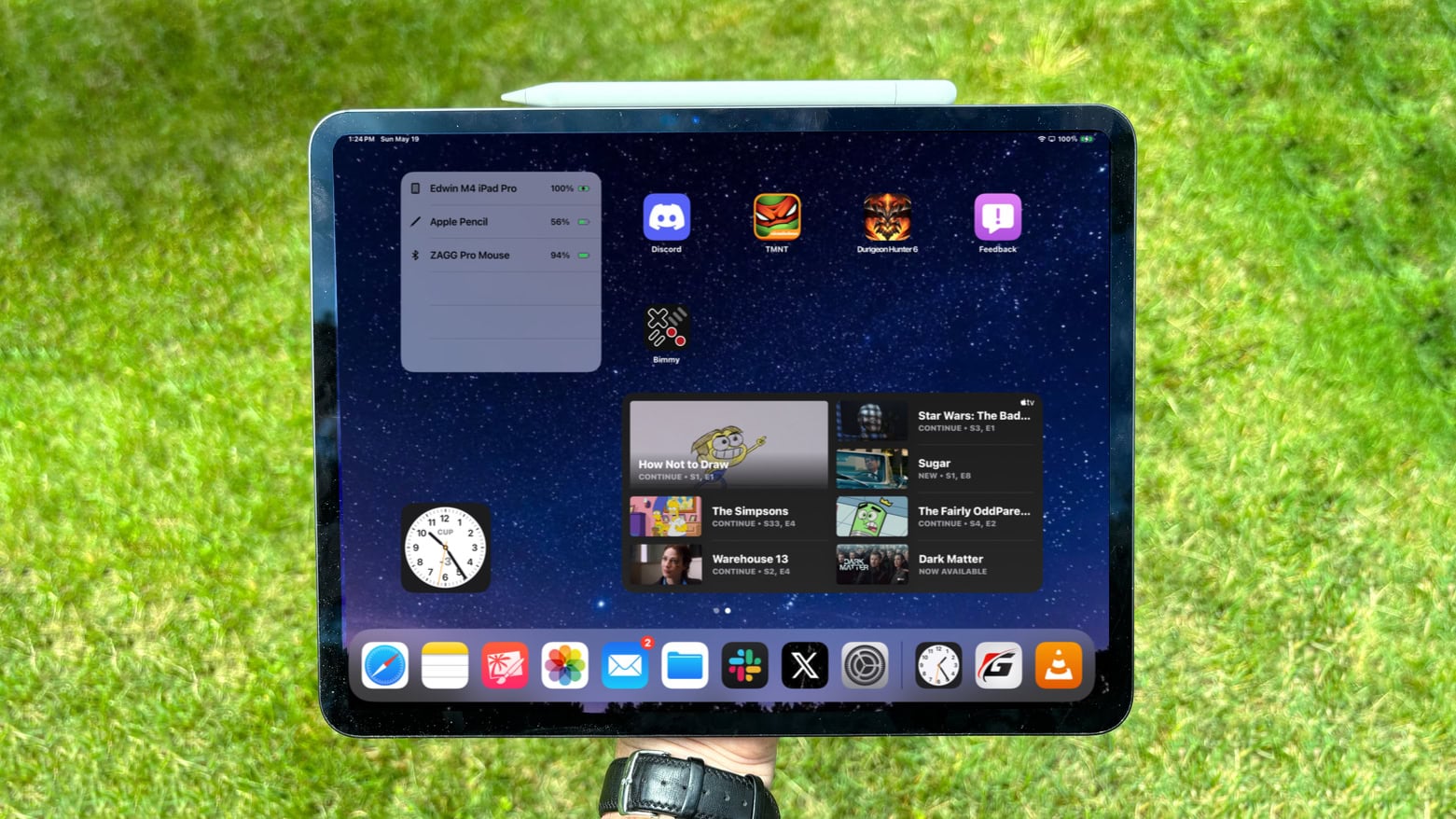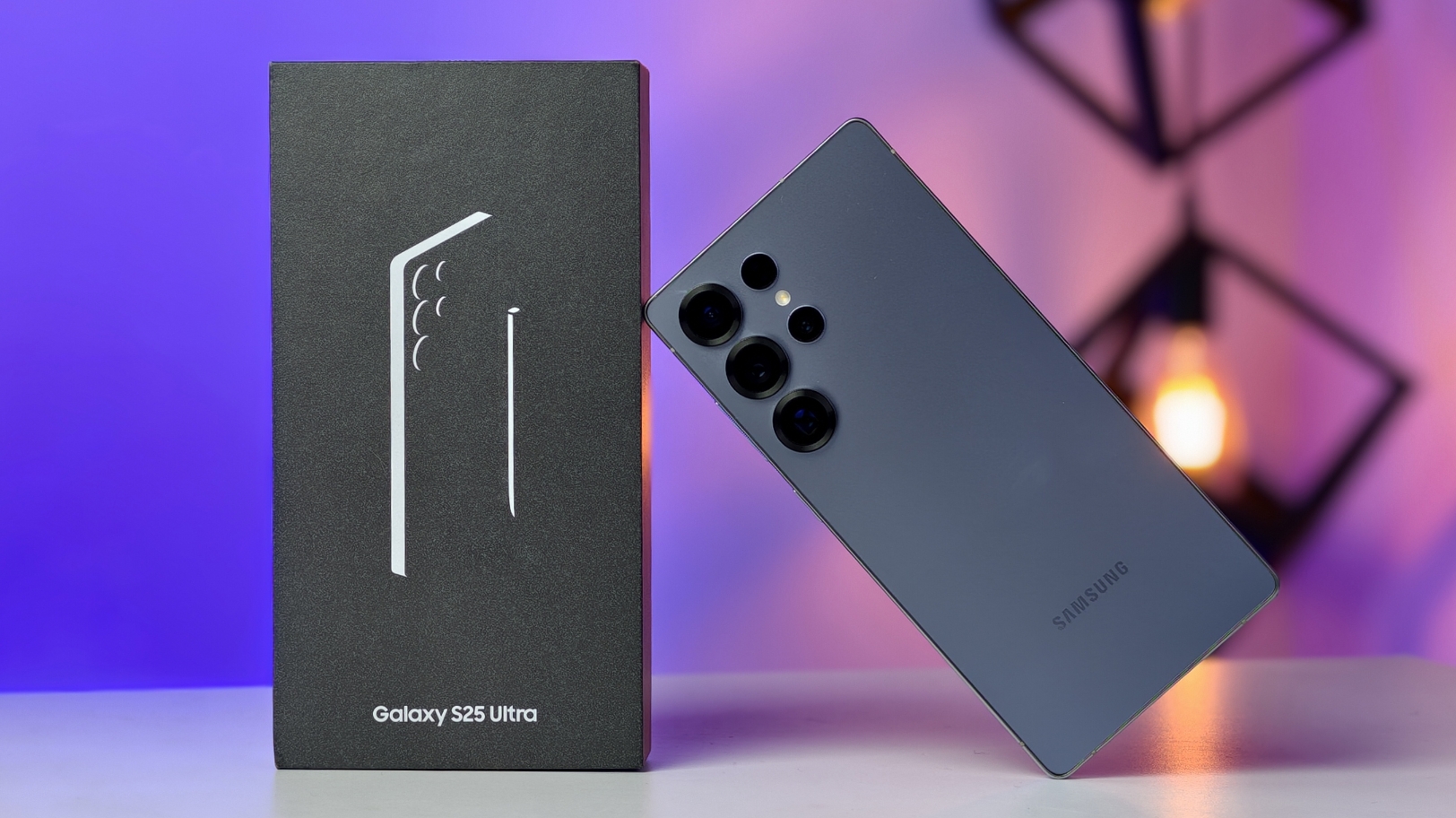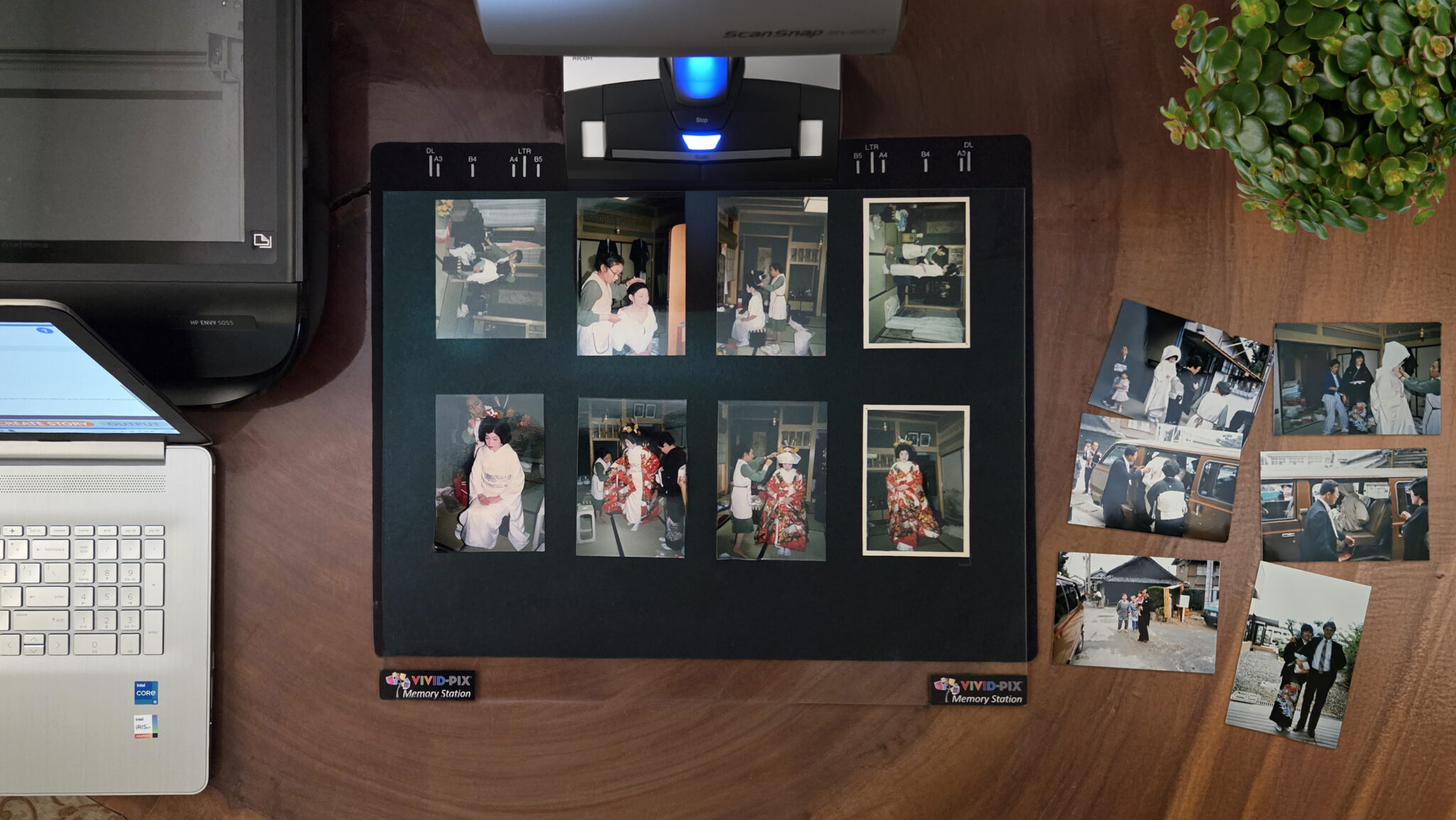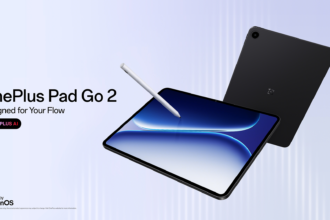For years, iPad users have yearned for a more desktop-like experience. While iPadOS has evolved significantly since its inception, it still retains core elements of its mobile DNA. Could that be about to change? Whispers within the tech community suggest that iPadOS 19, potentially arriving in the fall of 2025, might finally bridge the gap with macOS, offering a more powerful and versatile computing experience. This speculation isn’t baseless; it stems from observed trends and persistent user demands. Let’s explore three key upgrades that could make this macOS-inspired transformation a reality, potentially changing how we view and use our iPads forever.
-
A True Windowing System: Multitasking Unleashed
Ask any long-time iPad user what they desire most, and the answer is likely to involve a more flexible multitasking system. Currently, iPadOS offers Split View and Slide Over, which, while useful, often feel constrained compared to the overlapping, resizable windows found on macOS. Imagine the freedom of having multiple app windows open simultaneously, arranged precisely to your liking. This isn’t just about aesthetics; it’s about workflow. Professionals in fields like graphic design, video editing, and writing often juggle several applications at once. A true windowing system would allow them to seamlessly move between a research document, their editing software, and a communication app, mirroring the efficiency they experience on a Mac.
Consider a student working on a research paper. They might want to have a web browser open for research, a word processor for writing, and a note-taking app for jotting down ideas, all visible and interactive at the same time. On current iPadOS, this often involves a dance of swiping and resizing, disrupting the flow of work. A macOS-style windowing system would eliminate this friction, making the iPad a truly viable alternative to a laptop for complex tasks.
Furthermore, this upgrade could pave the way for more sophisticated drag-and-drop functionality between applications. Imagine effortlessly dragging an image from a browser directly into a presentation or a snippet of text from a PDF into an email. These small interactions, commonplace on macOS, would significantly enhance productivity on the iPad.
-
A Revamped File Management System: Embracing the Desktop Paradigm
While the Files app on iPadOS has seen improvements, it still lacks the depth and functionality of the macOS Finder. For users accustomed to the robust file organization and management capabilities of a desktop operating system, the iPadOS file system can feel limiting. A potential upgrade in iPadOS 19 could see a significant overhaul of the Files app, bringing it closer to the Finder experience.
This could include features like more advanced sorting and filtering options, customizable column views, and perhaps even a more traditional folder structure visible at a glance. Professionals who work with large numbers of files, such as photographers, videographers, and project managers, would greatly benefit from these enhancements. Imagine a photographer being able to easily browse through hundreds of RAW images, sort them by specific criteria, and batch-rename them with the same ease they experience on a Mac.
Moreover, deeper integration with external storage devices is crucial. While current iPadOS allows connecting external drives, the experience isn’t always as seamless as on macOS. iPadOS 19 could introduce more granular control over external storage, allowing users to manage files directly on the external drive without the need to import them into the Files app first. This would be a game-changer for users who rely on external storage for their work.
-
Enhanced External Display Support: The Power of a Larger Canvas
Currently, connecting an iPad to an external display often results in a mirrored view or a limited extended display functionality in specific apps. This falls short of the true dual-screen experience offered by macOS, where the external display acts as a separate, fully functional workspace. iPadOS 19 could finally unlock the true potential of external displays, allowing users to extend their workspace across multiple screens with full app functionality.
Imagine using your iPad as your primary workstation, connected to a large external monitor. You could have your main work application open on the external display while using your iPad screen for reference materials, communication apps, or even as a secondary input device with an Apple Pencil. This setup would provide a significantly more immersive and productive working environment, blurring the lines even further between the iPad and a traditional desktop computer.
This enhanced external display support could also include more sophisticated window management options across multiple displays, allowing users to easily move and resize windows between screens. This level of flexibility would make the iPad a much more compelling option for professionals who rely on multi-monitor setups for their daily tasks.
Why This Matters: The Convergence of Computing
The potential shift towards a more macOS-like experience on iPadOS 19 isn’t just about adding features; it reflects a broader trend in the computing world: the convergence of desktop and mobile operating systems. Users increasingly expect their devices to be versatile enough to handle both casual tasks and more demanding workflows. By adopting elements of macOS, iPadOS could cater to this growing demand, positioning the iPad as a true all-in-one computing solution.
This evolution could also have significant implications for app development. As iPadOS becomes more powerful and desktop-like, we might see more professional-grade applications, currently exclusive to macOS, making their way to the iPad. This would further enhance the capabilities of the platform and solidify its position as a serious tool for creative professionals and power users.
While these potential upgrades remain speculative, the desire for a more desktop-like iPad experience is undeniable. If iPadOS 19 embraces these changes, it could mark a significant turning point for the platform, finally realizing its potential as a truly versatile and powerful computing device capable of tackling even the most demanding tasks. The question then becomes not if, but when, Apple decides to fully bridge the gap between its mobile and desktop operating systems, and iPadOS 19 might just be the year we see that vision take a giant leap forward.



















